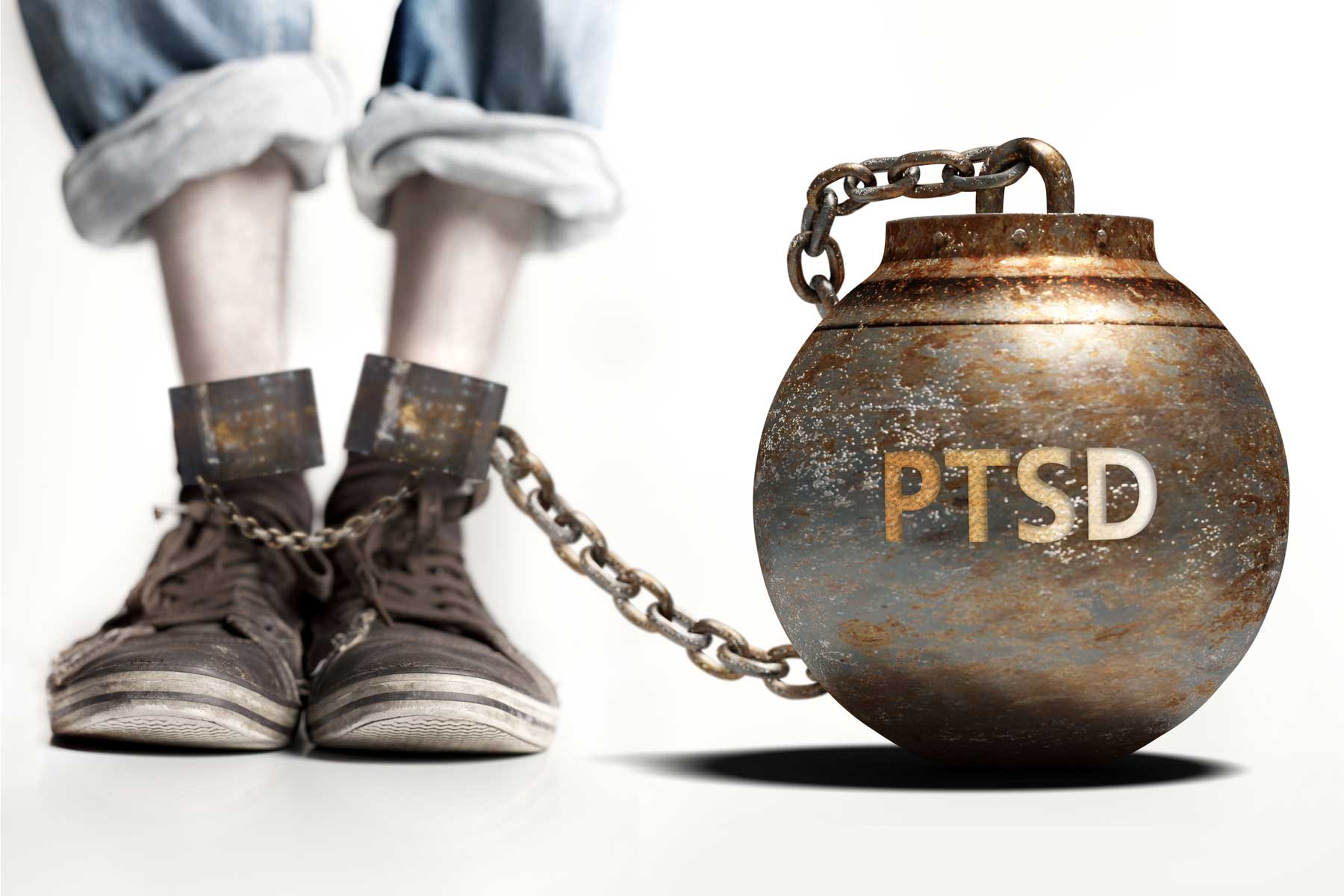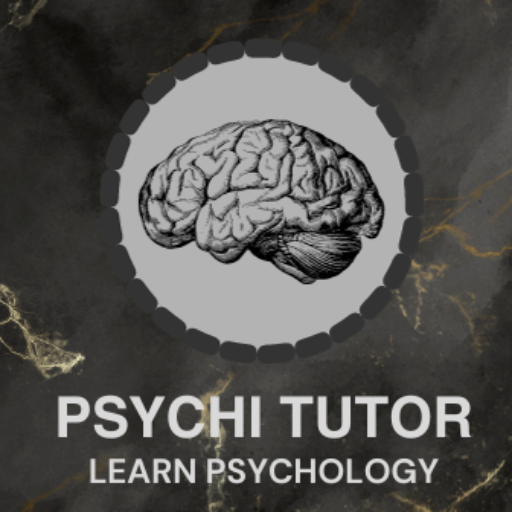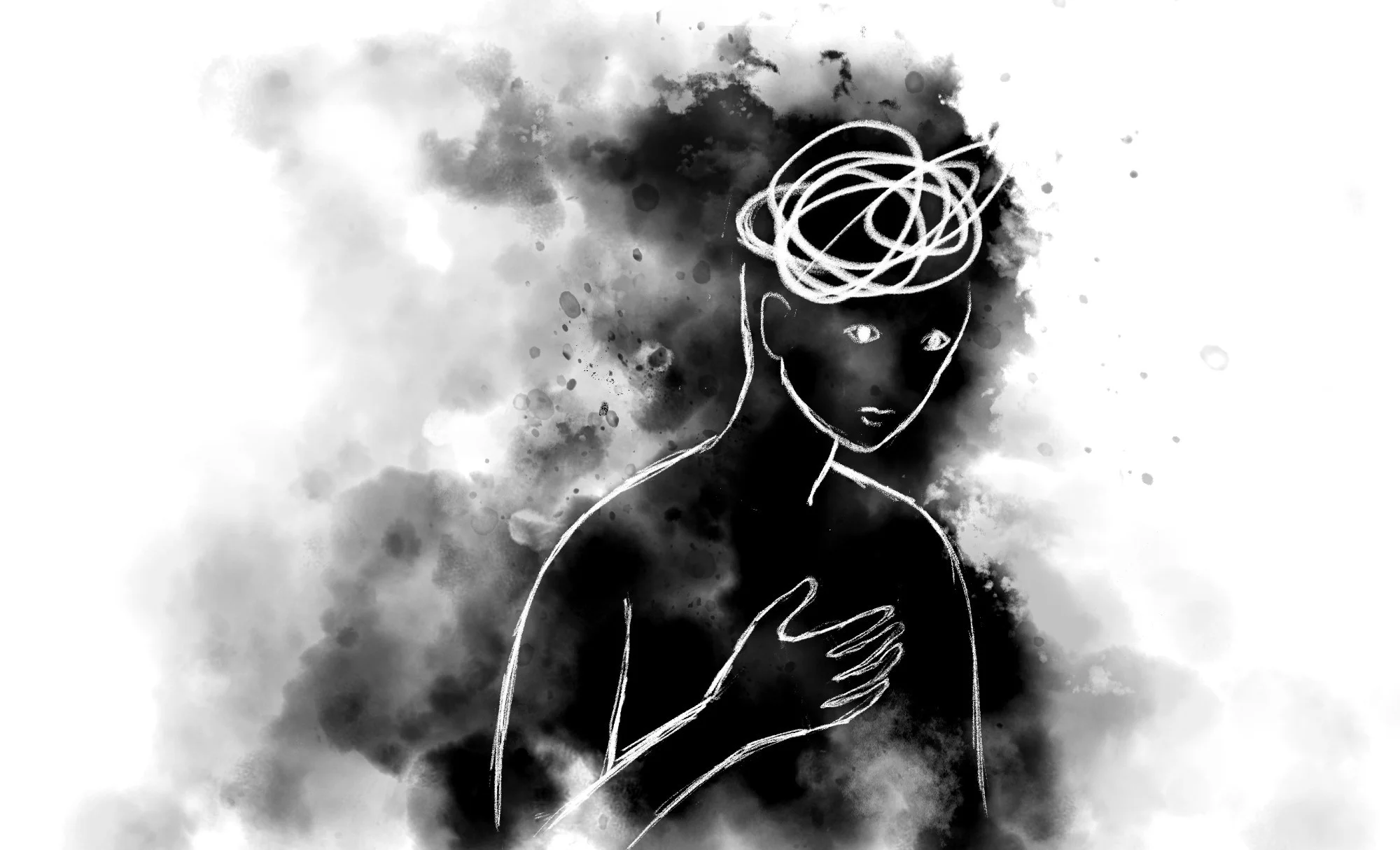Introduction:
Post-Traumatic Stress Disorder (PTSD) is a mental health condition that can develop in individuals who have experienced or witnessed a traumatic event. At the same time as many people can deal with the strain of such reports, a few may also discover it challenging to transport ahead, leading to the development of PTSD. This disease can have an effect on all and sundry, regardless of age, gender, or heritage, and its effect can be profound. In this text, we are able to delve into the intricacies of PTSD, exploring its signs, causes, and available treatments.
Symptoms of PTSD:
PTSD manifests via a number signs and symptoms, which can be classified into four foremost clusters: re-experiencing, avoidance, negative changes in cognition and mood, and hyperarousal.
- Re-experiencing: Individuals with PTSD often relive the traumatic event through distressing memories, nightmares, or flashbacks. These intrusive thoughts can be overwhelming, creating a constant emotional turmoil for the person affected.
- Avoidance: To cope with the distressing memories, individuals with PTSD may go to great lengths to avoid reminders of the traumatic event. This avoidance can extend to places, people, activities, or even thoughts that may trigger memories associated with the trauma.
- Poor changes in Cognition and mood: PTSD can cause sizeable changes in an person’s mind and emotions. This may include feelings of detachment, an inability to experience positive emotions, distorted beliefs about oneself or others, and persistent negative emotions like fear, anger, or guilt.
- Hyperarousal: Hyperarousal involves an exaggerated state of alertness and hypervigilance. Individuals with PTSD can also revel in difficulty sleeping, irritability, outbursts of anger, and an expanded startle reaction. Those signs and symptoms can make a contribution to a continual experience of being on facet.

Causes of PTSD:
The development of PTSD is often linked to exposure to a traumatic event. This can include but is not limited to:
- Combat experiences in military personnel
- Physical or sexual assault
- Natural disasters
- Serious accidents
- Witnessing violence or death
- Childhood abuse or neglect
While exposure to trauma is a necessary factor, not everyone who experiences trauma develops PTSD. Other factors, such as individual resilience, support systems, and pre-existing mental health conditions, can influence the likelihood of developing the disorder.
Treatment Options:
Recovery from PTSD is possible with appropriate treatment and support. The primary goal of treatment is to alleviate symptoms, improve daily functioning, and enhance overall well-being. Common treatment modalities include:
- Psychotherapy (Counseling):
- Cognitive-behavioral therapy (CBT) is particularly effective. It helps individuals identify and change negative thought patterns and behaviors associated with the trauma.
- Medications:
- Antidepressant and anti-anxiety medications may be prescribed to manage symptoms. These can help regulate mood and reduce hyperarousal.
- Eye Movement Desensitization and Reprocessing (EMDR):
- This therapeutic approach involves a structured eight-phase treatment that uses bilateral stimulation to help individuals process traumatic memories.
- Group Therapy and Support Groups:
- Connecting with others who have experienced similar traumas can provide a sense of understanding, validation, and support.
:max_bytes(150000):strip_icc()/VWH_Illustration_Lifestyle-Habits-for-Managing-PTSD_Illustrator_Julie-Bang_Final-9e983292cb3d4bbeae439faa2ffaaa71.jpg)
Conclusion:
Post-Traumatic Stress Disorder is a complex mental health condition that requires careful and comprehensive treatment. Timely intervention, a supportive environment, and a combination of therapeutic approaches can contribute to the healing process. It is crucial to recognize the signs of PTSD and encourage those affected to seek professional help. With appropriate support, individuals can work towards overcoming the impact of trauma and rebuilding their lives.


Charleigh Stuart
Kayce Maldonado